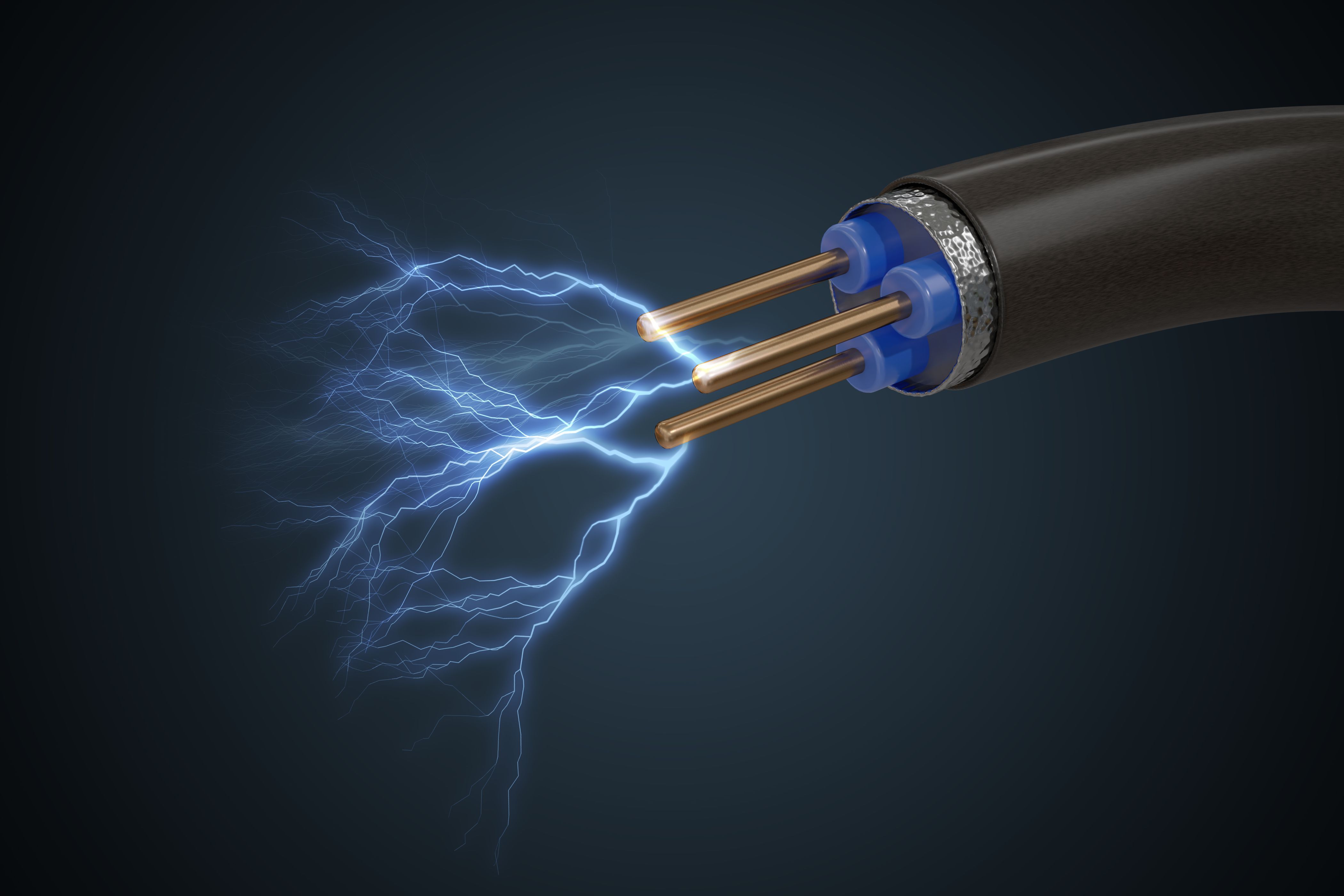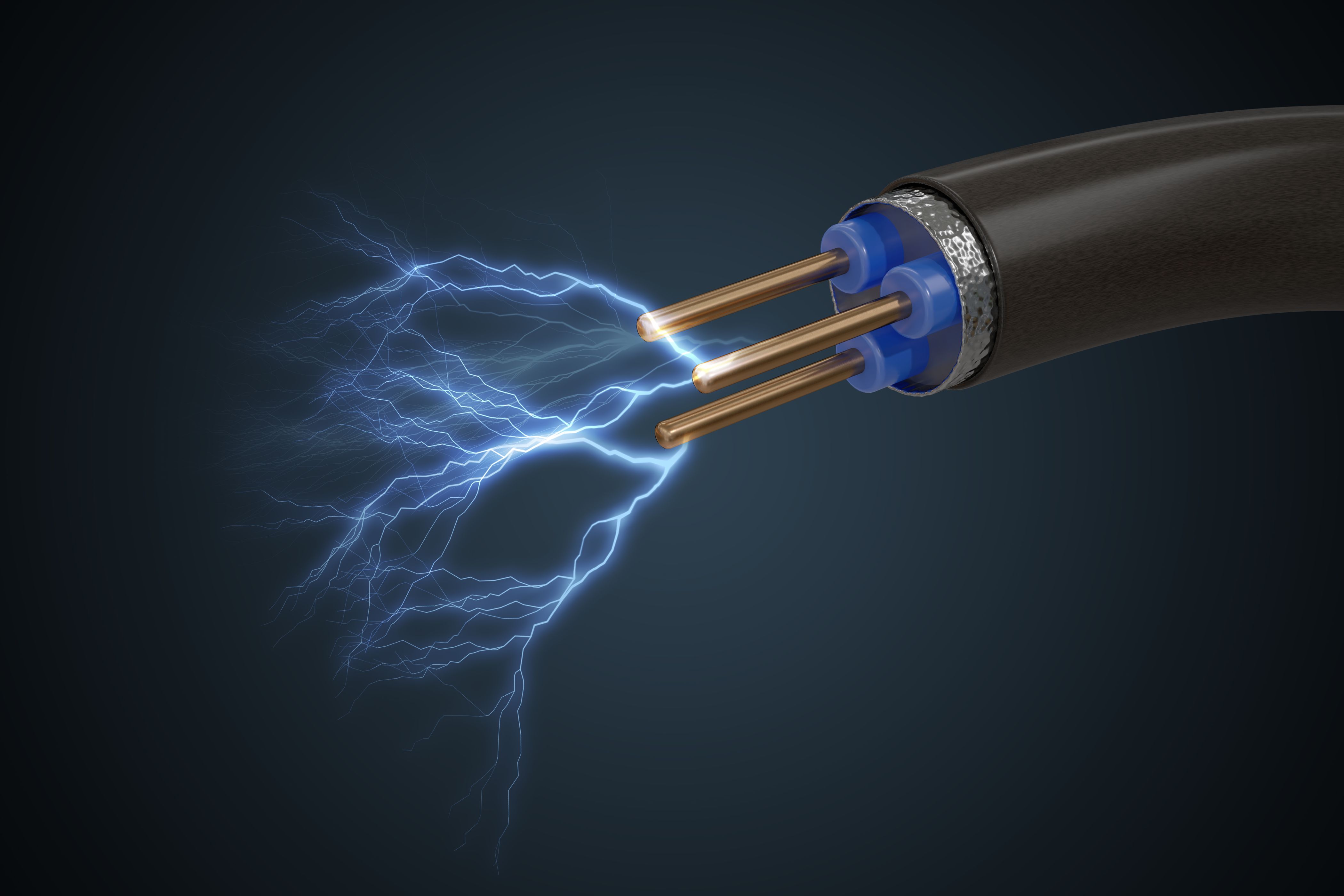Courses by Software
Courses by Semester
Courses by Domain
Tool-focused Courses
Machine learning
POPULAR COURSES
Success Stories
Battery pack cell balancing methods
Battery pack balancing: Battery pack balancing is done by BMS ( Battery management system) to get the maximum possible capacity out of the cell and keep them at equal working parameters. Balancing may be needed in cells with the same specification (i.e voltage, capacity, etc) or cells with different specifications. Capacity…
Swapnil Kanvinde
updated on 04 Oct 2020
Battery pack balancing: Battery pack balancing is done by BMS ( Battery management system) to get the maximum possible capacity out of the cell and keep them at equal working parameters. Balancing may be needed in cells with the same specification (i.e voltage, capacity, etc) or cells with different specifications.


Capacity Balancing:
Cells with the same specification:
Cells with the same specification (i.e Voltage or Capacity) tend to give different output in voltage or tends to charge or discharge at different rates at an individual level to give equal overall battery output. One of the major reasons for difference n cell behavior is the temperature. Cells at a different position in a battery have different temperatures if proper cooling or uniform cooling throughout the cell is not provided. Temperature is one of the main reasons why the balancing of cells is required. Due to temperature, the cell is affected at a chemical level and there is change if overpotential due to high/low temperature.
For example: With an increase in temperature the total resistance, polarization resistance, and ohmic resistance decrease while the activation overpotential and concentration overpotential increases with the decrease of temperature. Due to such changes in the cell, the charge/discharge rate is affected and cells tend to differ in parameters (SOC, V, etc).

Another reason for the change in parameters of cells of a battery is the age. Some cells get overused due to high charge/discharge cycles caused by temperature and tend to age faster. The capacity of cells which are aged gets lower compared to the capacity of cells which are new and hence the parameters will mismatch at every cycle. While charging the cell with lower capacity will reach 100% SOC first and the battery will be shown as charged. This will prevent the new or higher capacity cell from charging to 100% SOC or the BMS will continue charging all the cells till each cell of the battery reaches 100% capacity. This behavior of BMS will cause the cell with a lower capacity to get overcharged and will damage the cell or complete battery. This overcharge can lead to high temperatures or high pressures inside the battery(Lead Acid battery) and can be a danger to the user.
Solution:

One of the solutions taken by the BMS to overcome the unbalanced parameters due to change in capacity is as shown in the above figure. The capacity of the weakest (lowest capacity cell) is taken and other cells with higher capacities are brought down to this capacity. The capacity of newer or unaffected cells is lowered to match the weakest cell. ( In this type of balancing the performance of newer cells is affected since the extra capacity or balanced capacity is being wasted or kept unusable by the BMS.
Voltage Balancing:
There can be situations where the capacity of the cell is balanced but the voltage of a cell is varying due to the difference in the SOC level of the cell for that particular cycle. As explained above this difference in the SOC can be an effect of temperature or many other reasons. Hence in such a situation, two types of balancing are used.
Types of balancing:
Passive balancing:

Passive balancing is one of the simplest, cost-efficient but most energy inefficient methods of all the balancing methods. In this method, each cell is connected to a dummy load (Type of bypass resistor), Mosfet(switch), and a capacitor. Whenever the controller or BMS detects that there is a difference in the voltage between cells the cell with higher voltage is discharged through this dummy load and the energy is dissipated in the form of heat. The capacitor is connected in parallel and is used to filter out voltage spikes during switching of Mosfet. The heat lost in passive balancing might increase the temperature of the battery which may harm battery performance, damage the battery, or cause Thermal runaway.
Active balancing:

Active cell balancing is more efficient than a passive balancing method. In active balancing, the charge lost in passive balancing through the dummy load is used to charge the batteries with lower voltage and the charge in all the cells is equalized. This system is costly compared to the passive balancing method, which requires more space and cost. Whenever the battery is at rest the balancing of cells takes place and during relaxation, the cells can be balanced. This method uses extra energy from a higher cell and transfers it a lower energy cell but there are still losses due to resistance and this method can reduce the life cycle of both the cells and this will affect the cell with lower energy more if the cell has lost capacity due to aging. (This method will make the cell to age faster) rather than just involving a better cell as done in passive balancing.
Lossless balancing:

Lossless balancing is a modern technology which reduces the number of hardware components and improving the control through software. This method uses a matrix switching circuit. A matrix switching circuit helps a cell to remain connected or disconnected to a battery independently during the charging/discharging process. This method does not involve any kind of charge transfer between batteries and can adjust each cell individually. A cell can also be permanently disconnected through software modification if the cell is damaged or is a risk to the battery performance.
[Image reference for active, passive, and lossless balancing]
Leave a comment
Thanks for choosing to leave a comment. Please keep in mind that all the comments are moderated as per our comment policy, and your email will not be published for privacy reasons. Please leave a personal & meaningful conversation.
Other comments...
Be the first to add a comment
Read more Projects by Swapnil Kanvinde (17)
Battery sizing and designing a modular structure of an 18 kWh HEV battery pack.
AIM: Battery sizing and designing a modular structure of an 18 kWh HEV battery pack. CELL SPECIFICATIONS: Battery cell: Lithium iron phosphate (LiFePO4) based on nano phosphate technology by LithiumWerks. Voltage (nominal): 3.3 V Capacity (25 ºC): 2.6 Ah (2.5 Ah) – we will select the minimum capacity…
31 Oct 2020 06:19 AM IST
CHT analysis of 4 cylinder engine exhaust port
AIM: CHT analysis of 4 cylinder engine exhaust port. INTRODUCTION: Conjugate heat transfer: CHT stands for conjugate heat transfer. CHT analysis helps us to accurately predict the temperature behavior in solids or fluids due to thermal interaction between solids or fluids or a solid and a fluid. CHT analysis helps us to…
22 Oct 2020 08:17 AM IST
Blog on thermal management technologies for batteries
Aim: Study thermal management techniques for a battery pack. The necessity of thermal management: The ideal working temperature for Li-ion batteries ranges between 20-40 degrees celsius. A Li-ion battery has maximum energy storage capacity and high power output between these temperatures. If the temperature drops below…
18 Oct 2020 07:02 AM IST
Battery pack cell balancing methods
Battery pack balancing: Battery pack balancing is done by BMS ( Battery management system) to get the maximum possible capacity out of the cell and keep them at equal working parameters. Balancing may be needed in cells with the same specification (i.e voltage, capacity, etc) or cells with different specifications. Capacity…
04 Oct 2020 06:53 AM IST
Related Courses






0 Hours of Content

Skill-Lync offers industry relevant advanced engineering courses for engineering students by partnering with industry experts.
Our Company
4th Floor, BLOCK-B, Velachery - Tambaram Main Rd, Ram Nagar South, Madipakkam, Chennai, Tamil Nadu 600042.
Top Individual Courses
Top PG Programs
Skill-Lync Plus
Trending Blogs
© 2025 Skill-Lync Inc. All Rights Reserved.








